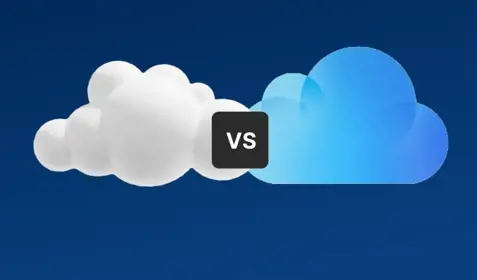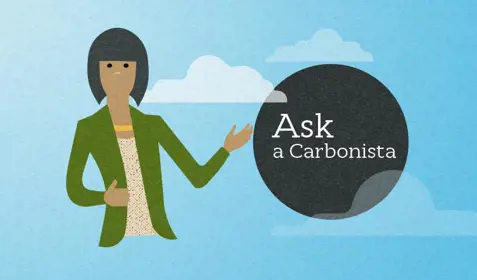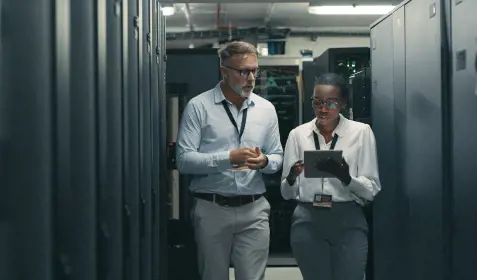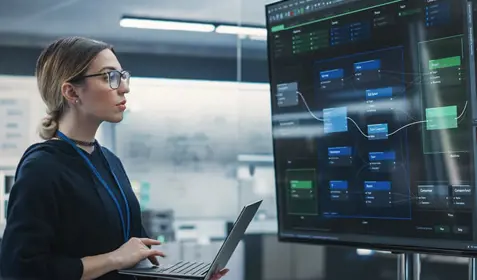What is disaster recovery as a service (DRaaS) and 5 reasons to consider investing in it
Disaster recovery as a service (DRaaS) is rapidly gaining popularity and is offered by an increasing number of service providers.
What is disaster recovery as a service (DRaaS)?
DRaaS is defined as providing a remotely hosted disaster recovery service to protect a business's data and applications.With DRaaS, organizations don’t have to own their own outside servers and they don’t have to worry about managing the recovery after a natural disaster, cyberattack or even an office fire. DRaaS providers orchestrate the entire recovery process so you can focus on getting the business side of things back up and running.
When choosing the best DRaaS solution, it can be helpful to examine the chief benefits. Here's a quick look at the top 5 reasons to consider DRaaS:
- Reduce disaster recovery costs
Businesses that currently have a secondary site for disaster recovery purposes are surely familiar with the high costs associated with it. Beyond the unavoidable investments in replication software and the required software licenses for servers, storage, and security, there are several significant additional costs. Most of these additional costs are effectively eliminated by using DRaaS through a managed service provider. A DRaaS offering eliminates the need for the following expenses:
- Owning or leasing space for a secondary data center
- Monthly costs associated with power, cooling, and internet bandwidth at the secondary site
- Purchase or lease of servers, storage, and network equipment for the secondary site
- Travel to and from data centers or onsite staff at the secondary data center
- Reduce complexity
As demonstrated in the list above, building and maintaining a secondary DR site can be both costly and complex. If all of that infrastructure could be eliminated, then the administration, upgrade requirements, and maintenance contracts could be eliminated as well. - Achieve interoperability
DRaaS solutions work with dissimilar systems so that businesses can protect servers across different hypervisors and replicate data between dissimilar storage systems. These DRaaS solutions are hardware-, hypervisor-, and application-independent. - Reduce IT resources spent on DR
DRaaS can be deployed within hours or days (depending on the number of servers) as compared to the weeks or months it can take to build a secondary disaster recovery site. And by reducing complexity and simplifying the DR solution with a single provider, businesses and their IT groups save a tremendous amount of time—compared to managing their own DR site. - Provide a comprehensive DR solution
Many times companies who implement their own disaster recovery site have to start by protecting the most critical servers first. In some cases, they are never able to protect all their servers. Because DRaaS is much easier and more affordable than do-it-yourself DR, many companies are able to protect all of their servers (physical and virtual) within a reasonable time frame and budget.
How does disaster recovery as a service work?
DRaaS lessens the pain for businesses after disaster strikes. Through a vendor relationship, DRaaS providers host data, server information and files off site on their own devices or in the cloud. This means that anything that might happen to local devices like a flood or fire won’t impact the information DRaaS vendors are keeping safe. And once a disaster happens, they utilize their specialized expertise to manage the recovery efforts.
Carbonite: A premier disaster recovery service provider
DRaaS solutions built on Carbonite DoubleTake™ provide the ability to respond on demand to workload protection and recovery needs with a single, easy-to-manage technology. Best of all, Carbonite DoubleTake solutions support even the most scalable hypervisor and cloud computing technologies by enabling many-to-one protection of physical, virtual, and cloud-based server workloads.
Learn more about Carbonite DRaaS solutions by reading our e-book.
Interested in protecting yourself and your business in case of a disaster?










